Why "Star Trek II: The Wrath of Khan" Remains a Timeless Exploration of Friendship and Sacrifice
"Star Trek II: The Wrath of Khan" (1982) directed by Nicholas Meyer is a classic science fiction film, rated 7.7/10, exploring themes of friendship and sacrifice.
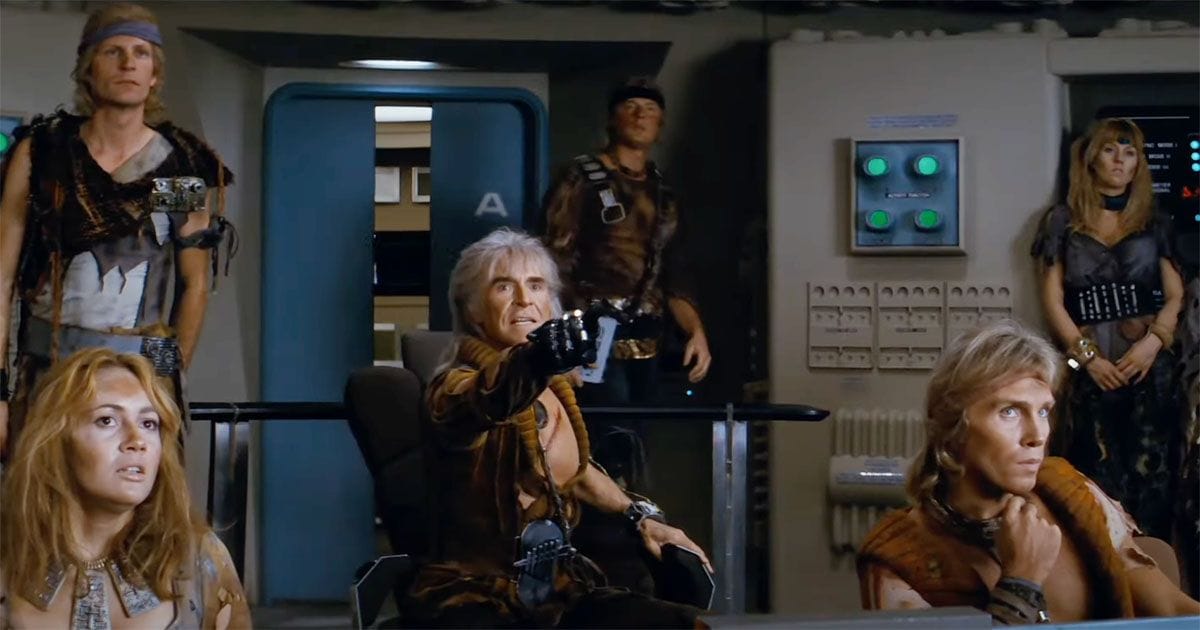
"Star Trek II: The Wrath of Khan," released in 1982 and directed by Nicholas Meyer, is a defining installment in the Star Trek film series. Following the relative disappointment of "Star Trek: The Motion Picture," this sequel reinvigorated the franchise by weaving a gripping tale of vengeance and sacrifice.
The screenplay, penned by Jack B. Sowards and further refined by Meyer, features an illustrious cast with William Shatner reprising his role as Admiral James T. Kirk and Ricardo Montalbán delivering a memorable portrayal of the genetically engineered villain Khan Noonien Singh.
This film stands out for its skillful blend of character development and emotional depth, juxtaposing Kirk's struggles with aging against Khan's relentless quest for revenge, thereby creating a narrative that evokes a strong response on multiple levels.
As the story unfolds, viewers are drawn into a high-stakes battle of wits and the profound sacrifices made by beloved characters, particularly Spock, whose fate irrevocably alters the dynamics of the crew. Ultimately, "The Wrath of Khan" is not only a thrilling space adventure but also an exploration of the themes of friendship and mortality, anchoring its legacy as a cornerstone of science fiction cinema.
| Attribute | Details |
|---|---|
| Title | Star Trek II: The Wrath of Khan |
| Director | Nicholas Meyer |
| Writer | Gene Roddenberry, Jack B. Sowards, Harve Bennett |
| Actors or Actresses | William Shatner, Leonard Nimoy, DeForest Kelley |
| Rated | PG |
| Runtime | 113 min |
| Box Office | $79,707,906 |
| U.S. Release Date | 04 Jun 1982 |
| Quality Score | 7.7/10 |
Synopsis
The narrative of "Star Trek II: The Wrath of Khan" commences with Admiral Kirk assuming leadership of the starship USS Enterprise as it embarks on a training mission. However, the tranquility is soon disrupted when Khan Noonien Singh, previously exiled on the planet Ceti Alpha V, escapes and seeks revenge against Kirk, whom he blames for his suffering.
Khan's quest is both personal and tactical, as he seeks not only vengeance but also the Genesis Device, a powerful piece of technology capable of terraforming lifeless planets into flourishing ecosystems.
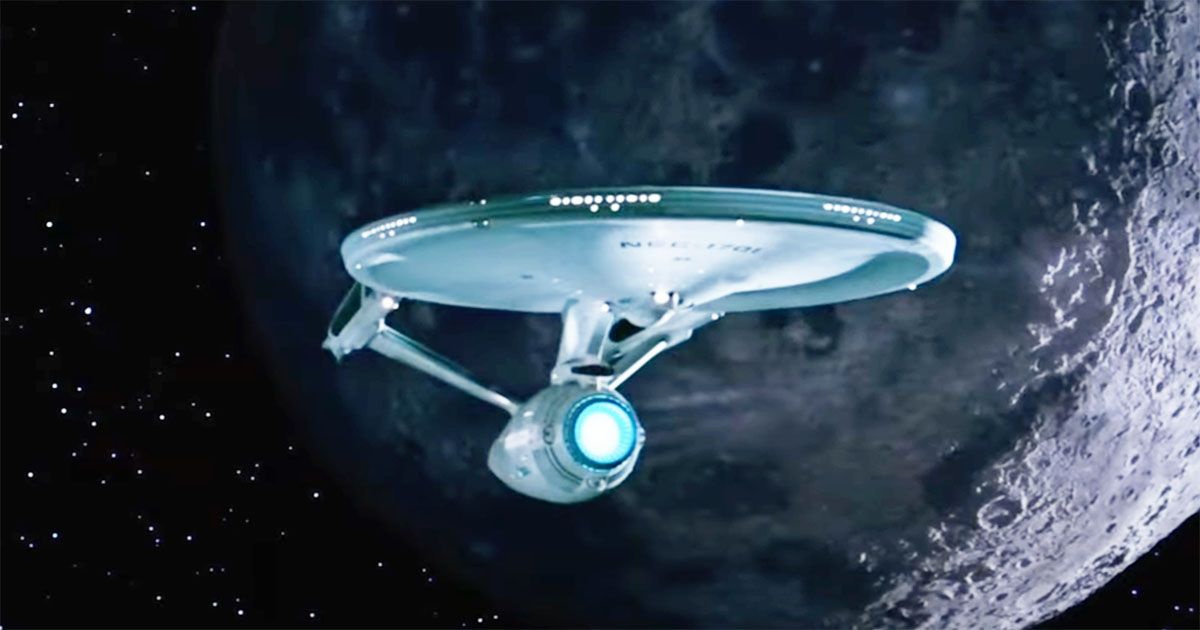
As Khan and his crew, comprising the remnants of his genetically augmented followers, engage the Enterprise, the film escalates into a battle of intellect and strategy. Kirk and his crew must navigate through dangerous confrontations while confronting their own limitations and past choices. The introduction of the Genesis Device raises ethical and philosophical questions regarding creation and power, providing a backdrop for the ensuing conflict.
The climax unfolds with the dramatic confrontation in the Mutara Nebula, where Kirk and Khan engage in a tactical duel that ultimately tests their resolve and strategic capabilities.
In a heart-wrenching twist, Spock sacrifices himself to save the crew, embodying the essence of loyalty and friendship that is central to the narrative. His iconic death serves not only as a catalyst for Kirk's emotional journey but also as a poignant commentary on sacrifice in the face of greater threats.
As the film concludes, Kirk's contemplations on mortality and leadership leave a lasting impact on viewers, with a profound reflection on the intertwining fates of friends and foes alike. The poignancy of Spock's farewell and the rekindling of Kirk's spirit culminate in a resolution that underscores the enduring nature of their bond, securing the film's place as a significant work within the realm of science fiction cinema.
Themes
"Star Trek II: The Wrath of Khan" is an exceptional film that transcends its cinematic medium through its exploration of profound themes intertwined with science fiction.
One of the most prominent themes is the inevitability of aging and mortality, reflected poignantly in Admiral Kirk's character. As he grapples with the weight of time and the consequences of past decisions, the narrative mirrors our own existential musings.
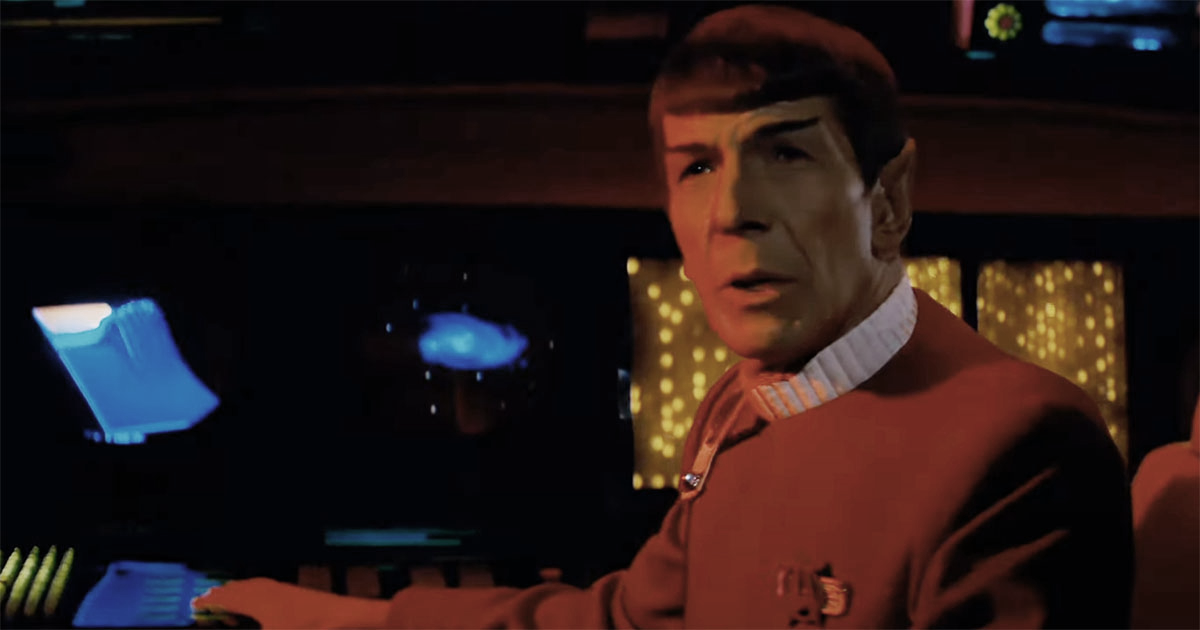
Viewers witness Kirk's evolution from a nostalgic leader to a profound thinker, contending with his limitations, epitomized by the line, "I feel young." This complex portrayal resonates deeply, compelling audiences to reflect on their own lives and the passage of time.
An equally significant theme is that of sacrifice, particularly exemplified in Spock's ultimate decision to give his life for the crew. This selfless act of loyalty serves as the emotional core of the film, epitomizing the sacrificial nature of true friendship.
The profound silence that follows Spock's death, combined with the musical score composed by James Horner, creates a moment that lingers in memory long after the credits roll. The haunting melodies reflect the sorrow of loss while simultaneously celebrating the strength of bonds forged in adversity. In many ways, Spock's sacrifice does not merely serve the narrative; it invites the audience to confront the idea that true courage often involves putting the well-being of others before oneself.
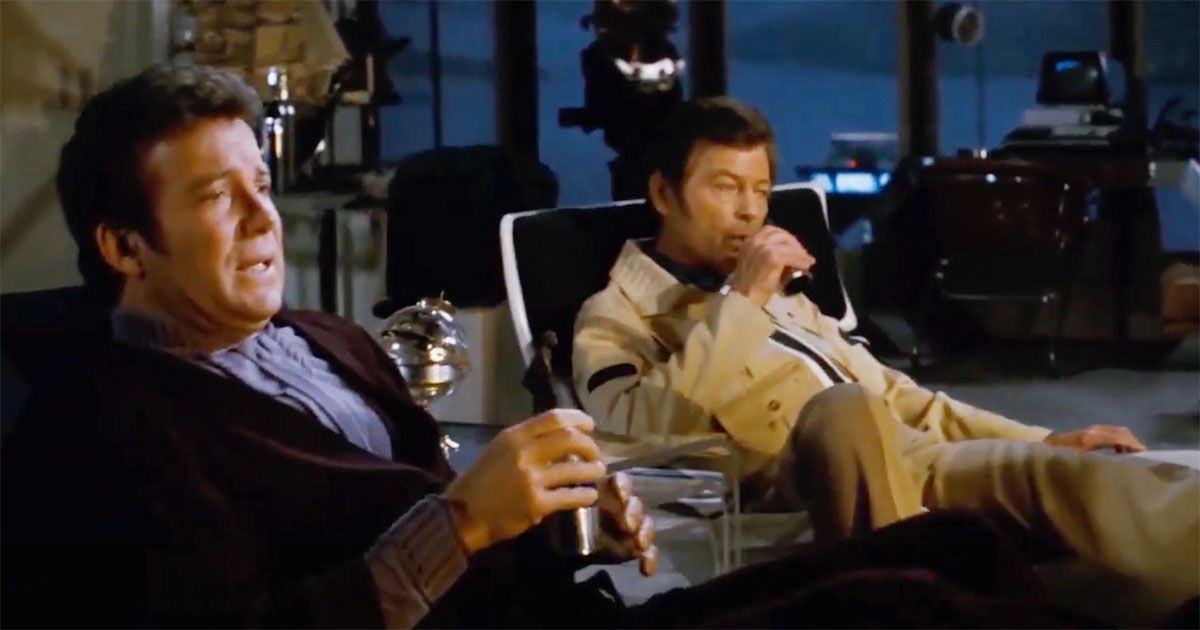
The theme of vengeance, as embodied by Khan, introduces a darker dimension to the film. Khan's relentless pursuit of retribution reflects humanity's capacity for both obsession and rage, serving as a cautionary tale against the consuming nature of anger.
His character, driven by personal vendetta, quickens the pulse of the narrative and heightens tension throughout the unfolding drama. The visual spectacle of starship battles, coupled with the dissonance of dialogue between characters, underscores the battle of ideologies, revealing the duality of love and hate that can exist within the human spirit. The tension between Kirk and Khan is thus not just a physical confrontation but an intellectual and philosophical struggle between two men shaped by their choices.
Visually, the film strikes a balance between grandiosity and intimacy. The expansive vistas of space are juxtaposed with the claustrophobic interiors of the starships, heightening the sense that while the universe is vast, the personal connections between characters are what truly matter. Meyer's direction captures the intricate details of both these settings, allowing audiences to feel each tension-laden moment as the stakes escalate.
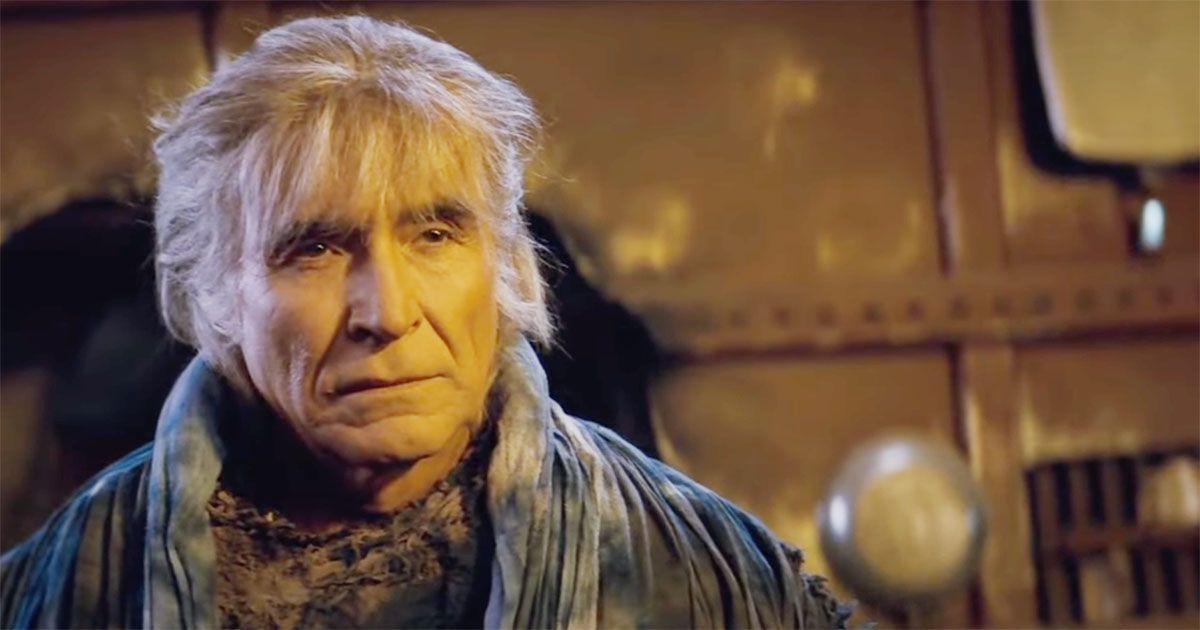
From a sensory perspective, Horner's score stands out for its ability to evoke both epic and deeply personal emotions. The music intensifies moments of conflict, thereby enhancing the viewer's experience, while softer passages elicit a sense of nostalgia and loss. The aural landscape complements the film's themes and narrative progression, ensuring that each moment feels meaningful.
In conclusion, "Star Trek II: The Wrath of Khan" offers audiences an experience that is both thrilling and reflective. Its exploration of aging, sacrifice, and vengeance evokes a strong response, compelling viewers to grapple with their own experiences and emotions.
The rich interplay of visual storytelling, character dynamics, and musical composition creates an enduring legacy that continues to captivate audiences, solidifying its status as a hallmark of science fiction cinema. The journey through this film is not merely one of adventure among the stars but rather a voyage through the complex tapestry of the human condition, leaving an indelible mark on all who dare to engage with it.
Who Will Enjoy "Star Trek II: The Wrath of Khan"
"Star Trek II: The Wrath of Khan" possesses a unique charm that extends beyond the realm of traditional science fiction enthusiasts. Certainly, longtime fans of the Star Trek franchise will find themselves captivated, as it captures the essence of what the series represents through its mix of philosophical inquiry and adventurous spirit. Yet, the film also finds its audience among those who appreciate rich character development, emotional depth, and complex narratives.
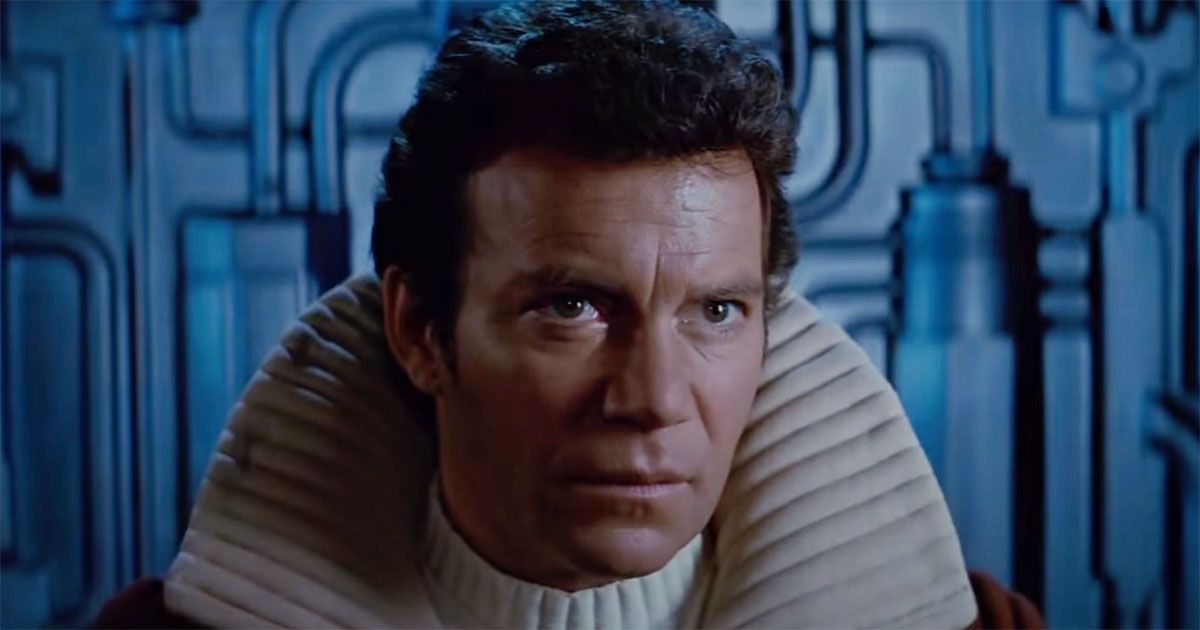
Individuals who enjoy movies with themes of friendship and sacrifice may find themselves drawn to this installment, regardless of their familiarity with Star Trek lore. The universal struggles of aging and the weightiness of choices provide a relatable context for all viewers. It is particularly well-suited for a late-night screening when one might be inclined to reflect on friendships and the passage of time. The film's emotional core might leave a lasting impact on those who have recently experienced significant life changes, making it a poignant choice for gatherings that invite introspection.
Furthermore, audiences who relish classic storytelling infused with moral dilemmas will find much to appreciate. The film's rich tapestry of philosophical themes makes it relevant to discussions about ethics, leadership, and the consequences of one's actions. It serves as an engaging example for students of literature or film, providing fertile ground for discourse on character motivations and narrative structure, making it appropriate for academic settings or film clubs interested in deeper analytical work.
With its masterful blend of excitement, depth, and poignant themes, "Star Trek II: The Wrath of Khan" is an experience that lingers long after the final frame fades. Its exploration of mortality and the enduring bonds of friendship resonates deeply, elevating it beyond the confines of a simple science fiction narrative. The film's ability to evoke emotional responses while tackling profound questions about life and relationships assures its place as a significant cultural artifact in cinema.
Ultimately, the film provides a compelling experience that speaks to the heart. Its vivid depiction of the complexities of human nature and the weight of choices serves as an enduring reminder of what it means to navigate personal relationships in the face of adversity. Those who engage with this cinematic journey are likely to emerge with thoughtful insights that not only enrich their understanding of the film itself but also encourage deeper reflections on their own lives.

